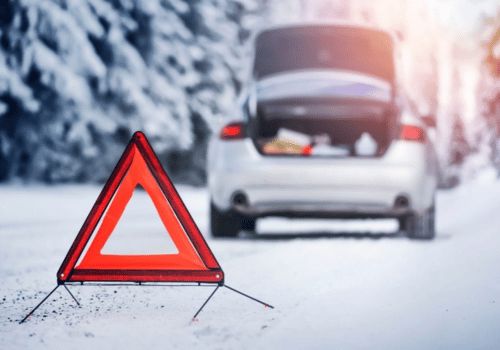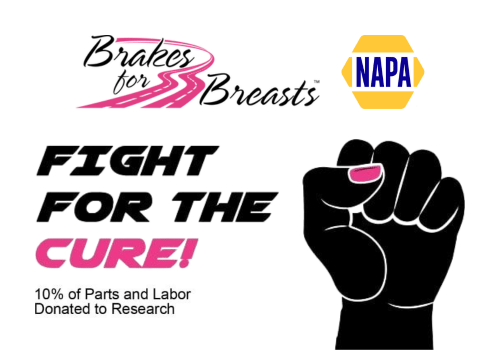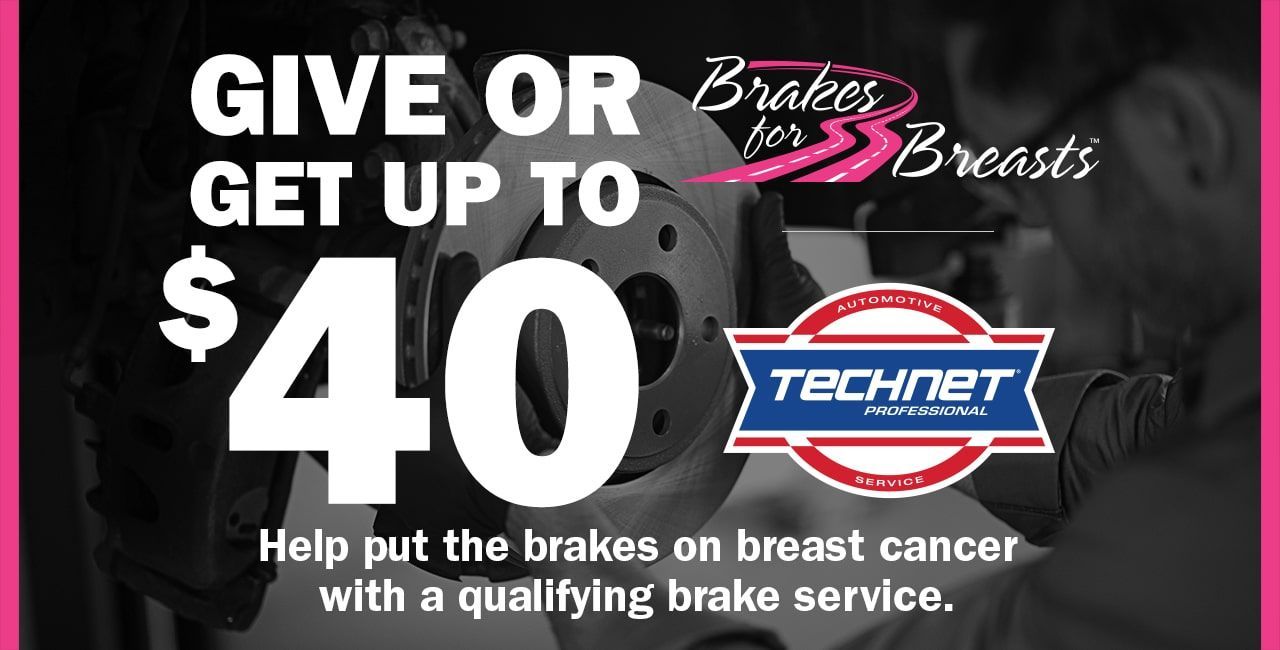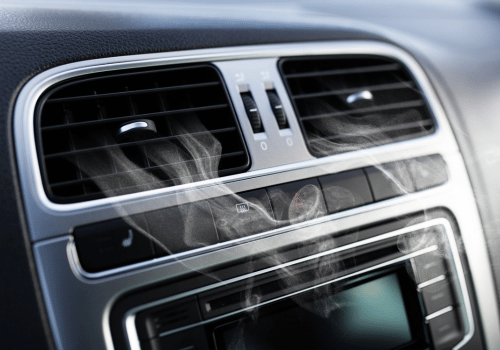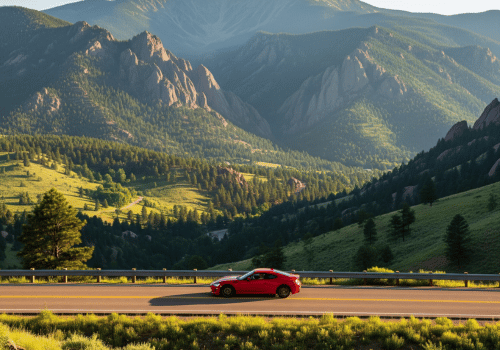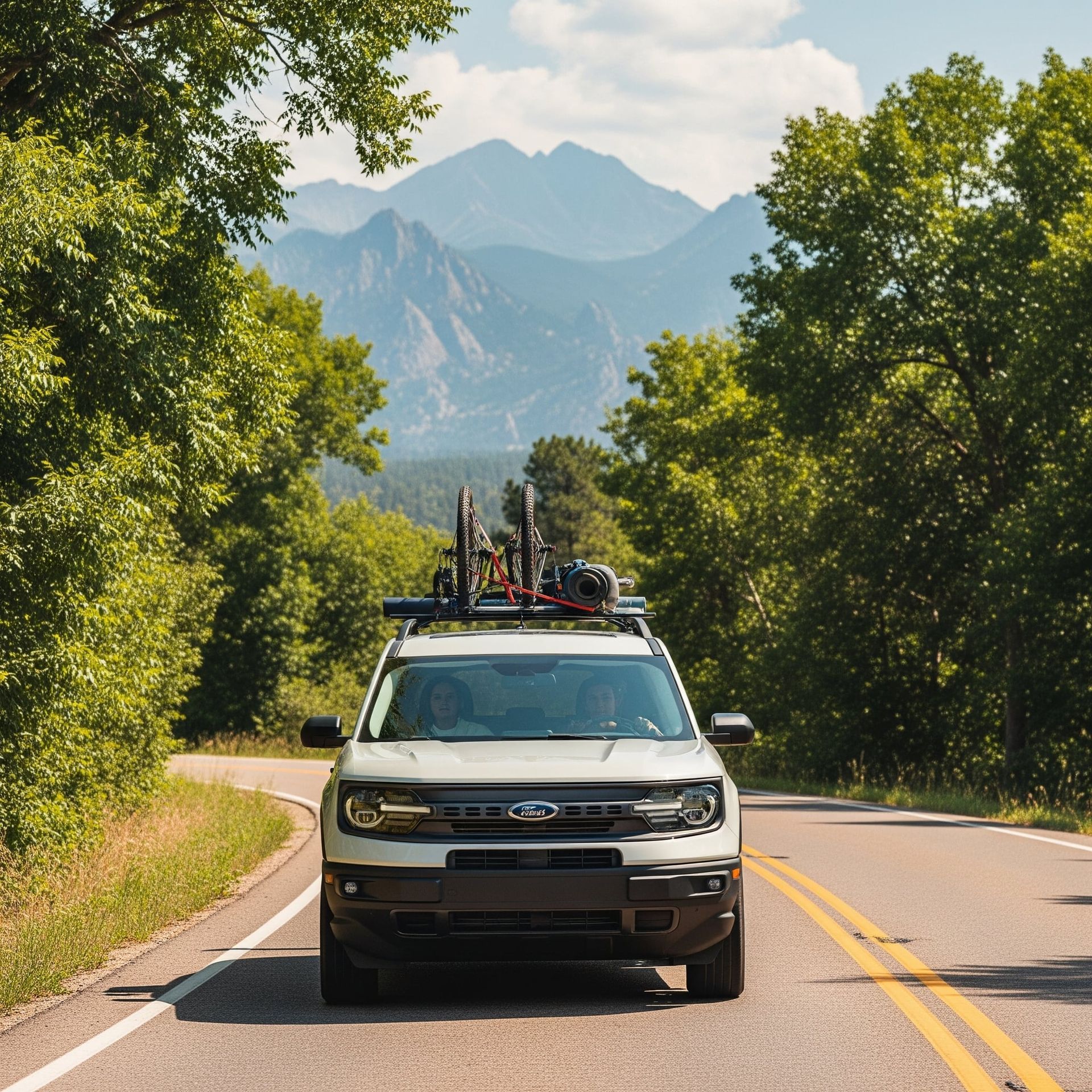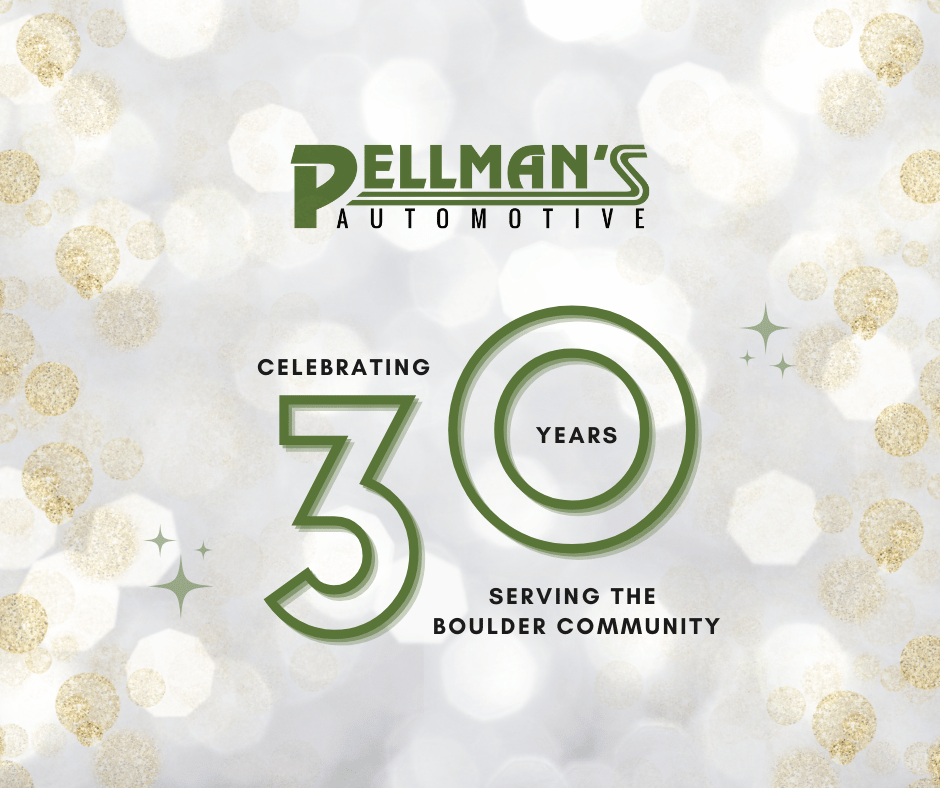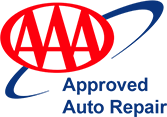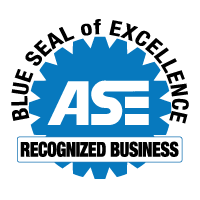Winter Driving Tips
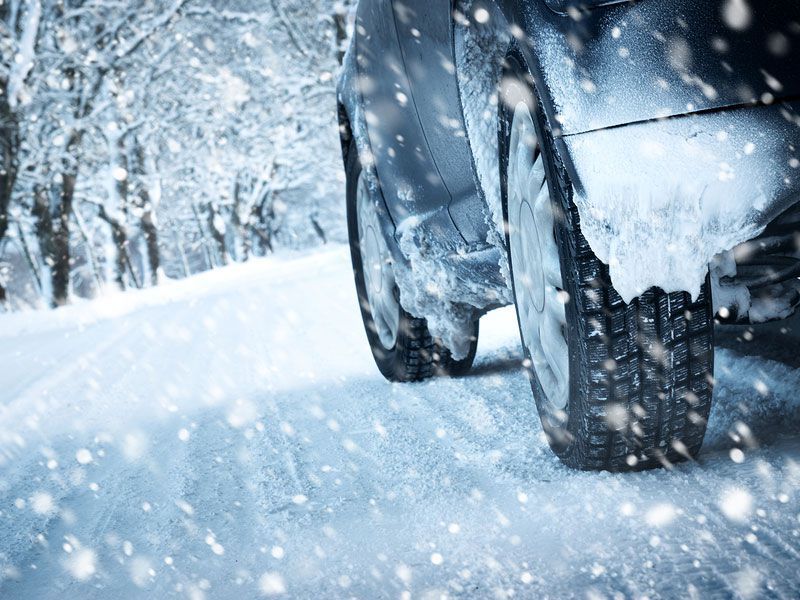
ICE AND SNOW, TAKE IT SLOW
Winter driving conditions make for slower acceleration, slower steering, and slower braking. Give yourself extra time to reach your destination safely. It is not worth putting yourself and others in a dangerous situation just to save time.
- Drive with your headlights on. Use your low beam headlights in bad weather, especially where snow is falling heavily or blowing.
- Remove ice and snow from windows, mirrors, and vehicle lights, both front and rear, as often as necessary.
- Drive for the conditions. A four wheel drive vehicle will not help you stop any faster. It can help you get out if you are stuck and can provide better traction except when you are braking.
- It takes longer to stop your car under winter driving conditions. Leave more space between you and the vehicle in front of you.
- Use caution when approaching intersections, off ramps, bridges or shady spots. These all have potential to develop black ice.
- Avoid abrupt actions while steering, braking or accelerating to lessen the chances of losing control of the vehicle.
- Look farther ahead in traffic. Actions by other drivers will alert you to problems and give you extra time to react.
- Trucks and buses take longer to stop. Do not cut in front of them.
- Using cruise control is not recommended on icy or snow packed roads.
- Stopping on snow and ice without sliding requires extra time and distance. Slow down gradually well before the intersection and use your brakes minimally as a rapid change of speed on ice will cause you to slide. If you have anti-lock brakes, pressing down firmly on the pedal will cause it to jump and the brakes to engage intermittently. If you do not have anti-lock brakes, gently pump the pedal to lead to a more gradual slow down. Either way, give yourself plenty of room to stop.
- A road that has been treated with liquid de-icer may be wet and slippery. Watch your speed, particularly around curves and in canyons.
- If possible, avoid driving at all in bad weather conditions. Stay home until the weather improves and the roads clear.
- Be prepared at all times with warm clothing, a cell phone and an emergency kit just in case you become stuck. If you are driving in a rural or mountainous area, make sure someone knows where you are.




